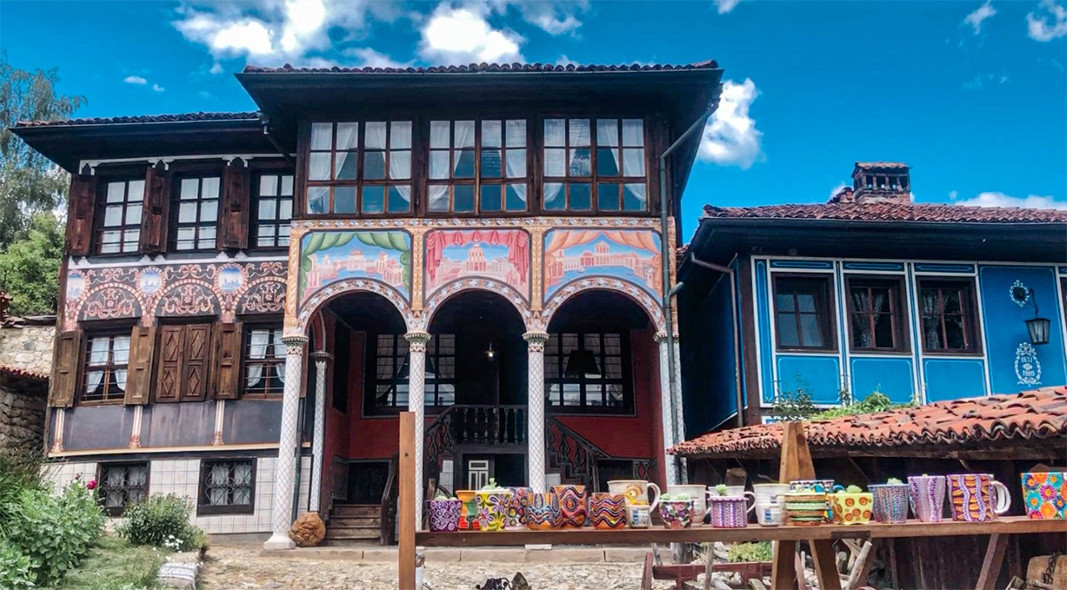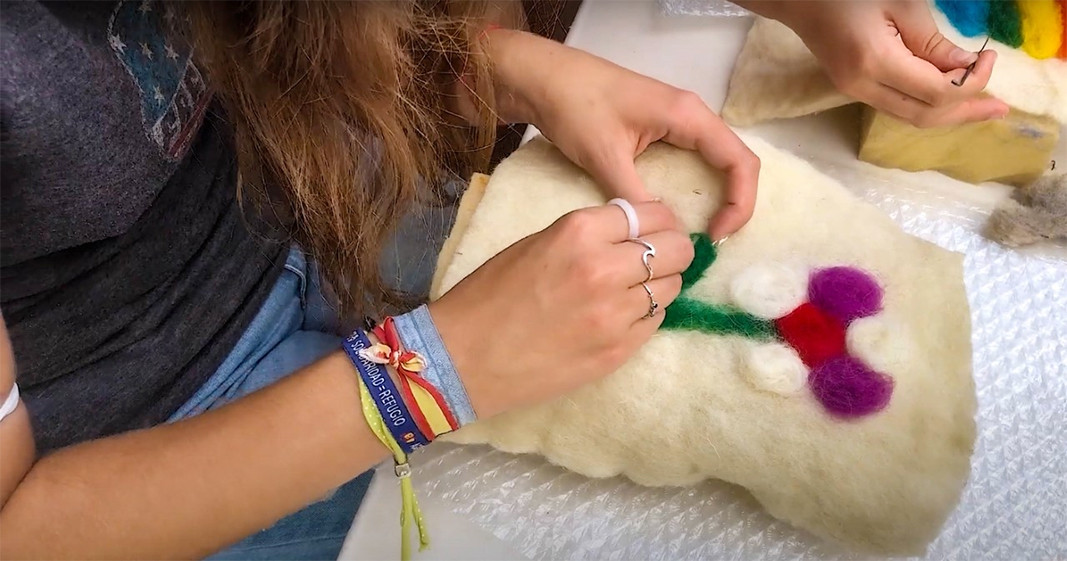The town of Koprivshtitsa is a real architectural jewel because of its well-preserved appearance from the 19th century. Unlike other historical places in Bulgaria, you will not see any signs of neglect here. The streets are clean, and most of the houses are recently renovated and shine with bright colours against the backdrop of the green hills of Sredna Gora Mountain. The town is proud of its educators and fighters for national liberation from the Ottoman rule. Here are the museum houses of the prominent revolutionaries Todor Kableshkov and Georgi Benkovski, of the writers Lyuben Karavelov and Dimcho Debelyanov, of the merchant Petko Lyutov and others.

"Mostly parents come to show Koprivshtisa to their children and give them their first lessons in Bulgarian history, because the town can tell a lot with its museums," says Mariyana Tsolovska from the local Tourist Information Centre.
Located a hundred kilometers from Sofia, the city is the ideal weekend destination for residents of the capital and for foreign tourists who land at Sofia airport for a short trip to Bulgaria. And it is liveliest during the National Folklore Art Fair. This summer, more than 6,000 participants from all over Bulgaria took part in it.
Check out our video tour of the beautiful town of Koprivshtitsa. The video was filmed during the 12th National Fair of Folklore Art this summer:
"A few years ago, I talked to a restorer and he told me that according to old records, each house and its colour corresponded to the occupation of its owner. For example, a brown-coloured house was owned by “jelepi”. These were people who were engaged in selling cattle. In the exterior facades, yellow, Turkish blue and dark red prevail as decoration. And people, even nowadays, when they restore their houses, they paint the facades with these colours."

You can visit the blue-colored Oslekova house, which has been turned into an ethnographic museum, to learn about the life of Koprivshtitsa residents from the second half of the 19th century. In the picturesque Lyutova house, you will see a collection of authentic felt rugs. If you wish, you can learn the intricacies of this old technique under the expert guidance of a local craftswoman in the courtyard of the house. At the Kalachev bridge, where the first shot that started the April Uprising (1876) was fired, there are also felt demonstrations.

“What is felt? It is made of natural wool. Each layer is treated with soapy warm water and you press it. This is how layers are superimposed on layers”, says Mariyana Tsolovska. “We have many original felts that are from the 19th century. Some of them even have the year they were made. What were they used for? These are most often mats. They were placed on the ground in the evening and with a common rug on top, the whole family went to sleep. Koprivshtitsa women were also known as kene masters. At the Lyutova House you will see a collection of these needlepoint laces. Horsehair is used as a base.”
Hiking along the paths of Sredna Gora, donkey cart rides or horseback riding in the surroundings are some of the attractions that will diversify your weekend in this piece of Bulgarian land frozen in time.
Photos and videos: Veneta Nikolova
English version Rositsa Petkova
An ancient water clock known as clepsydra, restored according to ancient models, has been unveiled on the top of Sahat Tepe Hill in Plovdiv . The only clock of this type installed outdoors in Bulgaria has become the city's newest attraction. The..
Bulgaria’s Ministry of Tourism participated in the most significant international tourism exhibition in Japan— Tourism Expo Japan (TEJ), held from September 25 to 28, 2025, at the Aichi Sky Expo exhibition venue in Nagoya, Aichi Prefecture...
The story of Gostilya is a journey back in time, showing how the tiny Catholic community there has managed to preserve its identity and faith despite the ups and downs of history. Located in north-western Bulgaria, the village is one of the last..
An ancient water clock known as clepsydra, restored according to ancient models, has been unveiled on the top of Sahat Tepe Hill in Plovdiv . The only..

+359 2 9336 661
